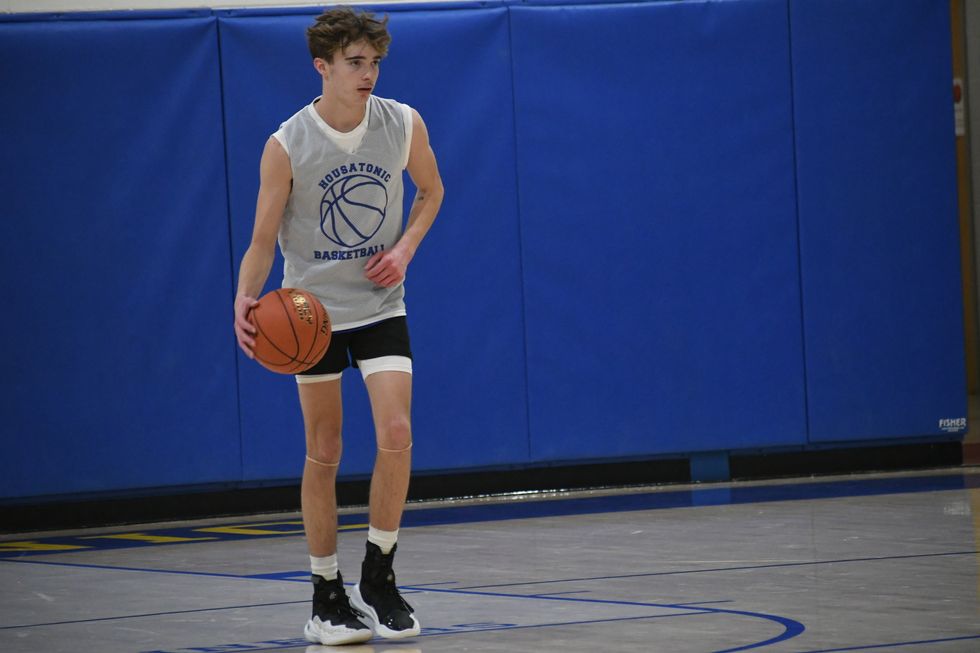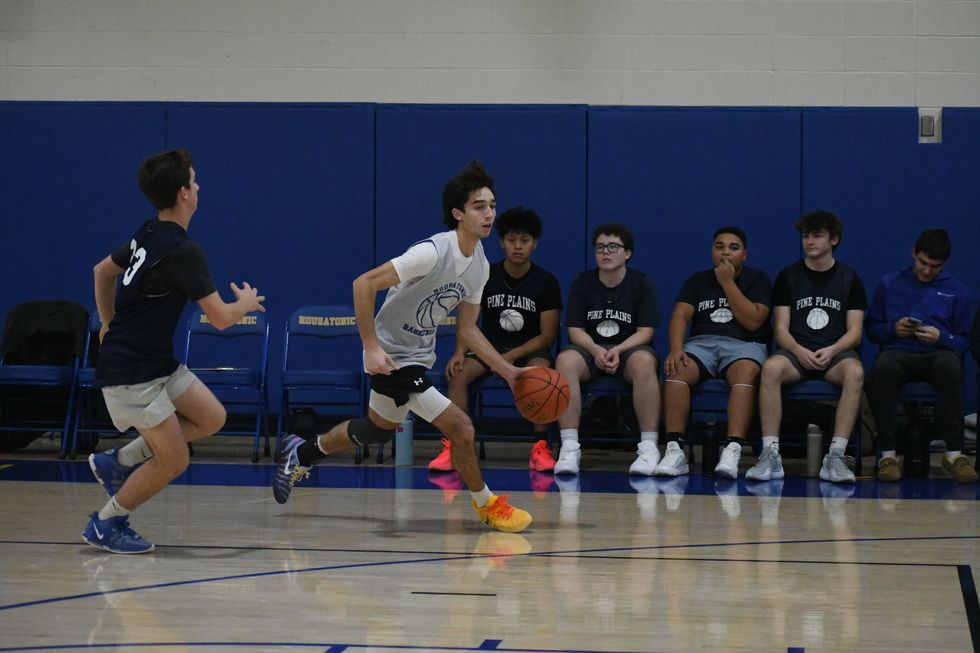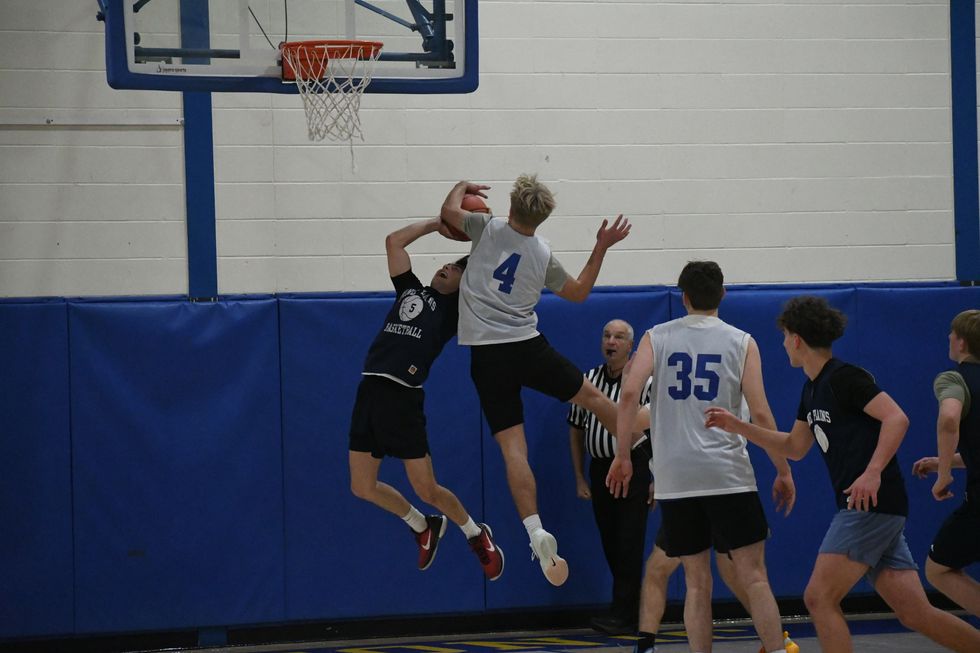Sandra Watson Schafer


SALISBURY — Sandra Watson Schafer, 90, a longtime resident of the Northwest Corner of Connecticut, passed away peacefully in her sleep on June 24, 2024, at her Noble Horizons cottage in Salisbury. She has joined her beloved dog, “Little Buddy,” and her parents in heaven.
Sandra was born to Paul and Bernice Watson on Jan. 30, 1934, in Rochester, Indiana. She had many fond memories of time spent with her older sister, Yvonne, growing up on the farmlands and, later, at her family home on Lake Manitou, Indiana. Graduating from DePauw University in Greencastle, Indiana, Sandra later earned a master’s degree in Elementary Education from Connecticut State University. She was passionate about reading and education and was a beloved elementary school teacher in North Canaan and Falls Village. She was also a founding member and the first director of the Sharon Day Care Center in Sharon.
The Congregational Church of Falls Village was an important community to her, and Sandra made every effort to attend services and socialize with her church family. She was a supporter, fundraiser, and volunteer for many mission outreach programs, including the CROP Hunger Walk, Little Dresses of Africa, Warmth for Warriors, and The Prayer Shawl. She had a deep faith and quietly and spiritually touched all who knew her.
In her retirement, Sandra spent the winters in North Fort Myers, Florida, and summers at her home on Twin Lakes in Salisbury. She cherished the many family celebrations she hosted at her lake home, and the fond memories from those days remain with her children, grandchildren, and friends.
She loved to garden, sew, and knit, and she was also an avid reader and an enthusiastic tennis and ping pong player. She was a gifted painter, and her many watercolor paintings will be treasured for generations. Once she became a member of the Noble Horizons community, she flourished as she met new friends, joined clubs, attended functions, and loved to “work it out” at the fitness center.
Affectionately known as “Nana,” Sandra looked forward to attending family activities and celebrating holidays and special occasions. She is missed by her children; Charles Stair, Sheryl Knapp (Mark), Bob Stair (Ellen Eschbach), and David Stair (Debbie Bennett); her granddaughters, Keri Sullivan (Craig), Kelsey Markiewicz (Matt Easley), Erika Knapp, and Kaya Tilton; and her great-grandchildren. She is also survived by her sister, Yvonne Sowers, and her cousins, nieces and nephews. In addition to her parents, she was predeceased by her brother-in-law, Air Force LT. Col. Richard Sowers.
The Memorial Service to celebrate the life of Sandra has been postponed from July 6, 2024, to a later date. There will be notification of the new date in the Lakeville Journal. Arrangements are entrusted to Newkirk-Palmer Funeral Home, Canaan, CT.
In lieu of flowers, Sandra asked that donations be made in her honor to the following: Falls Village Congregational Church (FVCC), PO Box 72, Falls Village, CT 06031 (https://thefv.cc/) or the Jane Lloyd Fund, Berkshire Taconic Community Foundation, 800 North Main St, Sheffield, MA 01257-9503 (https://www.thejanelloydfund.org/donate).
The Salisbury Winter Sports Association (SWSA) will host its annual Junior Jump Camp, a two-day introduction to ski jumping, on Saturday and Sunday, Dec. 27 and 28, from 9 a.m. to 2 p.m. at Satre Hill in Salisbury.
The camp is open to children ages 7 and up and focuses on teaching the basics of ski jumping, with an emphasis on safety, balance and control, using SWSA’s smallest hill. No prior experience is required.
The cost is $50 per child and includes instruction and lunch on both days. For more information or to register, visit www.skireg.com/swsa-camp or email info@jumpfest.org
Jesse Bunce, first selectman of North Canaan.
LITCHFIELD — The Northwest Hills Council of Governments welcomed six newly elected municipal leaders Thursday, Dec. 11, at its first meeting following the 2025 municipal elections.
The council — a regional planning body representing 21 towns in northwest Connecticut — coordinates transportation, emergency planning, housing, economic development and other shared municipal services.
Barkhamsted First Selectman Meaghan Cook, Goshen First Selectman Seth Breakell, Kent First Selectman Eric Epstein, Norfolk First Selectman Henry Tirrell, North Canaan First Selectman Jesse Bunce and Torrington Mayor Molly Spino were each elected to their post in November.
They filled the seats of their predecessors on the COG, who were each given a toast of appreciation: Nick Lukiwsky (Barkhamsted), Todd Carusillo (Goshen), Marty Lindenmeyer (Kent), Matt Riiska (Norfolk), Brian Ohler (North Canaan) and Elinor Carbone (Torrington).
COG Executive Director Rob Phillips said the outgoing members were given a going away mug that read “You’re living the dream still.” Members voted to appoint Warren First Selectman Greg LaCava to fill a vacancy on the Council’s Executive Committee. COG members voted by paper ballot, and LaCava defeated Burlington First Selectman Doug Thompson for the vacant seat.
Ryan Segalla takes a fadeaway shot over a defender.
FALLS VILLAGE — Housatonic Valley Regional High School’s boys basketball team defeated Pine Plains High School 60-22 in a scrimmage Tuesday, Dec. 9. The non-league preseason game gave both sides an opportunity to run the court ahead of the 2025-26 varsity season.
HVRHS’s senior-heavy roster played with power and poise. The boys pulled ahead early and kept their foot on the gas through to the end.
By halftime the score was 33-8. Junior varsity players subbed in for the second half, but not before the starters got some in-game dunk practice. By the end Housatonic totaled 60 points to Pine Plains’ 22.

Nick Crodelle led the Mountaineers offensively with 13 points. Anthony Labbadia and Wyatt Bayer scored nine points each. Anthony Foley scored eight points. Owen Riemer and Ryan Segalla each scored seven points. Peyton Bushnell hit a three-pointer. Jaxon Visockis and Henry Berry each scored two points.
HVRHS begins Berkshire League competition on the road at Nonnewaug High School Tuesday, Dec. 16, with a 6 p.m. tip off.


Katie Moore delivers toys to the Stuff a Truck campaign held by the Kent Volunteer Fire Department last weekend. Donated toys are collected so that parents, who need some assistance, may provide their children with gifts this Christmas. Accepting the donation are elves Fran Goodsell and Karen Iannucci
KENT — Santa’s elves were toasty warm as they collected toys for the children of Kent.
Keeping with annual tradition, Fran Goodsell and Karen Iannucci manned the Stuff a Truck campaign sponsored by the Kent Volunteer Fire Department on Saturday, Dec. 6, and Sunday, Dec. 7. Sitting in front of a fire pit in the firehouse parking lot between donations from residents, they spoke of the incredible generosity displayed every season. That spirit of giving was clear from the piles of toys heaped on a table.
“This is always so gratifying,” said Goodsell, noting that certain businesses, including High Watch Recovery Center, Wilson’s, and Kent and South Kent schools needed a “shout out” for all they’ve done. She said South Kent School focuses on gifts for older children, which is a group that often is overlooked.
Unwrapped contributions are sought for children 1 to 15 years old who might otherwise find little or nothing from Santa, they said. The bounty will be set up at the Community House on Thursday, allowing parents to come and take what they want. If there are still items left, grandparents are invited to “shop.”
The atmosphere was festive Saturday, as a stuffed dog began barking a Christmas tune whenever someone walked in front of it. A large decked-out bear posted at the parking lot entrance reminded passersby of the event. Visiting children were able to get a close-up look at the fire truck and walk through the firehouse if they wished.
Goodsell and Iannucci were very grateful to those who donated wood for the fire pit. “And so many asked if they could bring us coffee or hot chocolate,” said Iannucci.
Goodsell said many who came talked about having grown children who were recipients of the gifts when their families were struggling. “They are so glad to be able to give back,” she said.